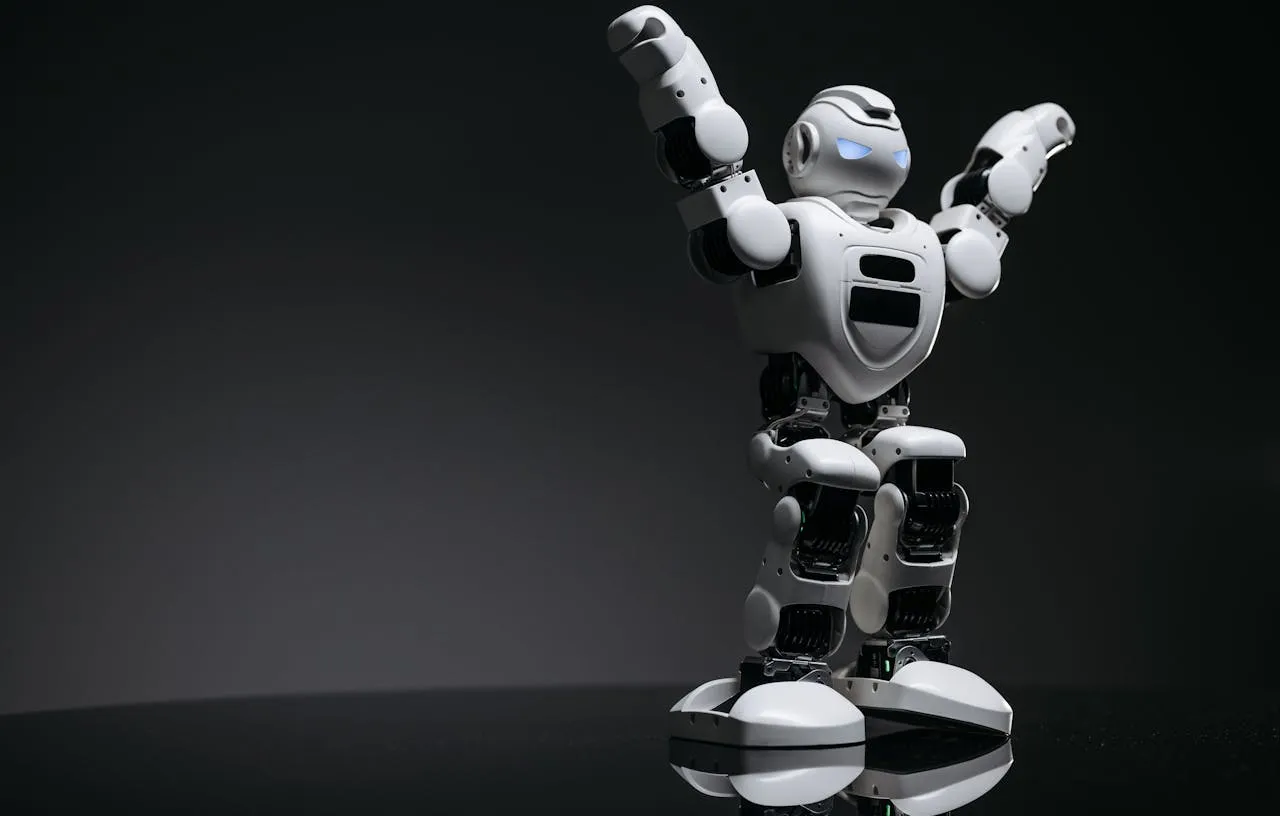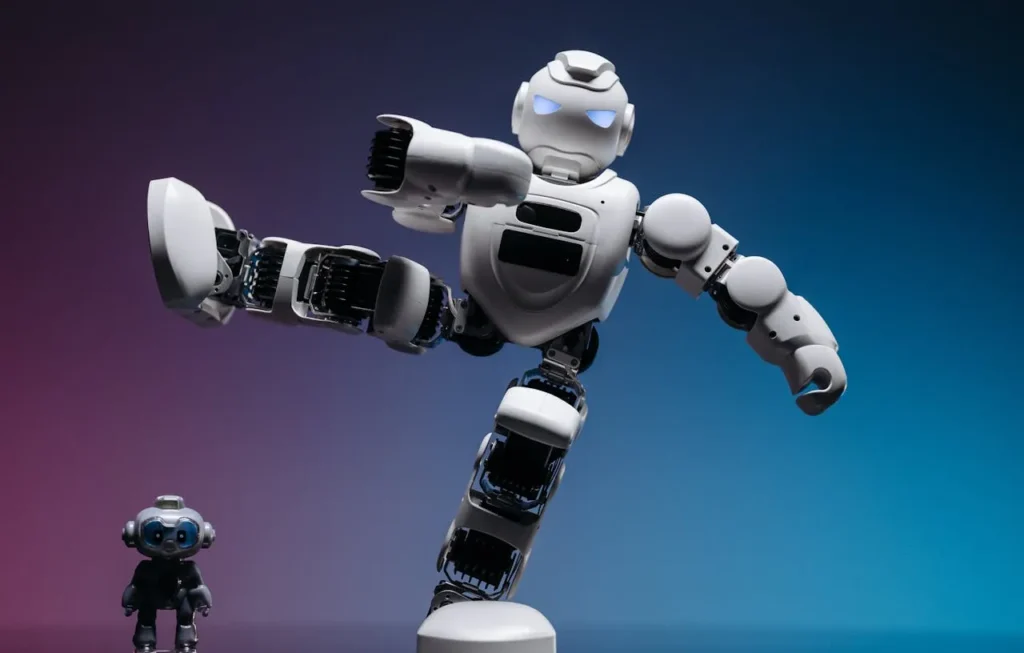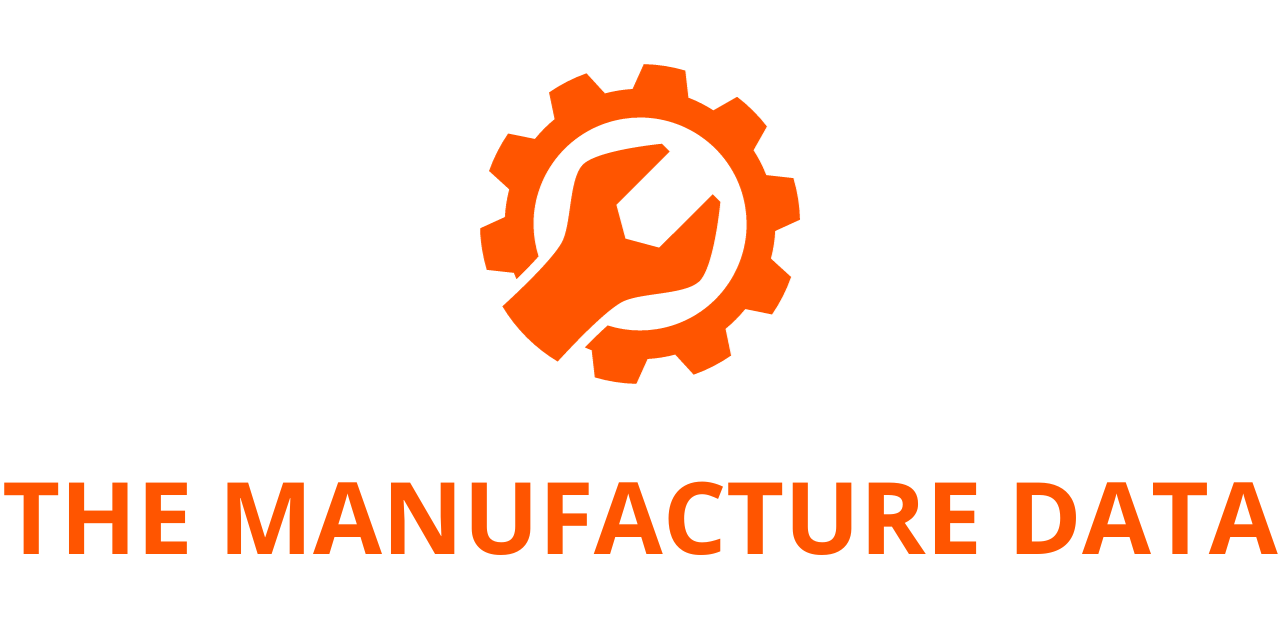
Humanoid Robots: The Next US-China Tech Battleground, Says TrendForce
Governments worldwide are significantly increasing investments in robotics research and development (R&D) as labor shortages and escalating costs continue to impact industrial productivity. As industries shift toward automation, nations are recognizing the importance of robotics in sustaining economic growth, enhancing competitiveness, and addressing workforce challenges. According to TrendForce, China, Japan, the United States, South Korea, and Germany have consistently led in industrial robot installations, reflecting their commitment to automation technologies. These five nations are projected to collectively invest over US$13 billion in robotics-related projects by 2025, further solidifying their dominance in this sector.
Despite the shared commitment to advancing robotics, the strategic approaches of leading nations vary considerably. The United States boasts a highly advanced artificial intelligence (AI) ecosystem that supports the development of intelligent robotic systems, while China is focusing on establishing a self-reliant supply chain for key robotics components. This divergence is expected to drive distinct trends in product pricing and application diversity, influencing the global robotics market’s evolution.
The United States’ Robotics Strategy: AI-Driven Innovation and Autonomous Systems
The U.S. government is prioritizing investments in smart robotics, autonomous systems, space robotics, and military robots. As part of its broader AI and technology development agenda, the U.S. aims to leverage its technological expertise to push the boundaries of robotic capabilities. Companies such as Tesla and Boston Dynamics are at the forefront of humanoid robotics, initially targeting applications in manufacturing, warehousing, and logistics.

From a technological standpoint, U.S. firms excel in AI training, which is crucial for refining robot functionality and intelligence. Notable advancements include the development of the first vision-language action (VLA) model, designed to improve high-frequency upper-body control in humanoid robots. Additionally, the integration of Google’s Gemini 2.0 enhances spatial awareness, allowing robots to navigate complex environments with greater precision. Collaborations with NVIDIA are further strengthening locomotion stability through reinforcement learning, a key factor in improving robotic mobility and adaptability.
The U.S. robotics ecosystem is also bolstered by its leading semiconductor companies, including Qualcomm and NVIDIA, which provide end-to-end AI solutions. These companies offer computing power that exceeds 150 TOPS (Tera Operations Per Second), significantly enhancing robotic decision-making and processing capabilities. Furthermore, high-performance microcontrollers (MCUs) from Texas Instruments and Analog Devices contribute to the seamless integration of AI into robotic systems, ensuring that the U.S. remains a global leader in smart automation.
China’s Robotics Strategy: Building a Self-Sufficient Supply Chain
China has identified robotics as a strategic priority in its 14th Five-Year Plan (2021–2025) and has implemented various policy directives to support innovation in humanoid robotics. Recognizing the importance of reducing dependency on foreign technologies, China is investing heavily in establishing a self-sufficient supply chain for key robotics components. This strategy aims to bolster the domestic robotics industry and position China as a dominant player in the global market.
Chinese humanoid robot manufacturers, including Unitree Robotics, Fourier, and UBTECH, are making significant strides in technological development. One of the most critical cost factors in humanoid robots is the “Movement Plane,” which accounts for approximately 55% of a robot’s total production cost. Chinese firms are aggressively investing in the development of coreless motors, 6D force-torque sensors, and harmonic drives—components that are essential for humanoid robot mobility. By advancing these technologies, China seeks to gain a competitive edge in both domestic and international markets.
Several leading Chinese companies, such as Tuopu Group, Sanhua Intelligent Controls, Hengli Hydraulic, Seenpin, and Zhaowei, have expanded beyond China’s domestic market. These firms are now integrated into global supply chains or are in the process of testing their components with major international robotics manufacturers. Additionally, China’s position as the world’s largest battery producer provides a crucial advantage. As humanoid robots move toward mass production, the demand for high-efficiency power solutions is expected to rise, making China’s dominance in battery manufacturing increasingly valuable.
Key Technological Differences Between U.S. and Chinese Robotics
A comparative analysis of core technological specifications in humanoid robots from the U.S. and China highlights distinct strategic priorities. American companies tend to focus on industrial applications, emphasizing payload capacity, battery life, and AI-driven functionalities. By contrast, Chinese manufacturers prioritize versatility, designing robots with greater degrees of freedom in full-body and hand movements. This differentiation reflects broader trends in AI competition, where the U.S. relies on high-capital, cutting-edge technological advancements, while China adopts a cost-effective, high-volume approach to industrial robotics.
The U.S. excels in AI training and deep-learning integration, enabling humanoid robots to perform complex tasks with greater autonomy. Innovations such as reinforcement learning algorithms, AI-driven vision systems, and multi-modal perception frameworks contribute to the development of highly intelligent robots capable of real-world problem-solving. Furthermore, collaborations between AI developers and semiconductor companies ensure that U.S. robotics maintain a technological edge in high-performance computing and real-time data processing.
Conversely, China’s focus on supply chain self-sufficiency allows for more cost-effective production. The country’s advancements in robotic mobility, including precision actuators, high-efficiency motors, and sensor technology, position Chinese robotics firms as strong competitors in the global market. With continued government support and increasing foreign partnerships, China is poised to expand its influence in industrial and consumer robotics applications.
The Future of Humanoid Robotics: Price Gaps and Tiered Applications
Over the next five years, the commercialization of humanoid robots is expected to result in significant price variations and tiered application models. Regional ecosystems will play a crucial role in shaping production strategies and industrial development, with localized approaches driving efficiency and cost optimization. Given the distinct strategies of the U.S. and China, the robotics market is likely to witness differentiated pricing structures, with American humanoid robots positioned at the high end of the market and Chinese alternatives offering competitive pricing and greater flexibility.
As governments continue to prioritize robotics investments, collaborations between industry leaders, research institutions, and policymakers will be essential in driving innovation. The U.S. will likely maintain its leadership in AI-driven robotics, leveraging cutting-edge machine learning techniques and high-performance computing. Meanwhile, China’s emphasis on supply chain control and cost-effective production will enable it to compete effectively in mass-market robotics applications.
Beyond the U.S. and China, other global players such as Japan, South Korea, and Germany are also making substantial contributions to robotics R&D. Japan remains a leader in precision automation and robotics for industrial applications, South Korea excels in robotic mobility and sensor integration, and Germany focuses on AI-driven manufacturing solutions. Together, these nations are shaping the future of the robotics industry, setting new benchmarks for automation efficiency and technological advancement.
Governments worldwide recognize the transformative potential of robotics in addressing labor shortages, optimizing industrial processes, and enhancing economic productivity. As the U.S. and China take distinct approaches to robotics development—one driven by AI excellence and the other by supply chain self-sufficiency—the global robotics landscape is becoming increasingly diverse and competitive.
With investments surpassing US$13 billion by 2025, the next decade will witness rapid advancements in humanoid robotics, autonomous systems, and AI-powered automation. As price gaps widen and application tiers become more distinct, businesses and policymakers must navigate this evolving landscape to harness the full potential of robotics innovation.




